(Last Updated on October 26, 2025 by Henry)
How to Recognize Tennis Elbow? What are the common symptoms? What should you do if you’re affected?
Is there a painless way to treat a tennis elbow while staying at home? In most cases, absolutely.
But how to self-diagnose Tennis Elbow in the first place, to know exactly what you’re dealing with?
Do you feel pain in your elbow & forearms while performing your regular everyday tasks?
This could be it. Fortunately, it’s not complicated to spot Tennis Elbow & you can usually do it on your own.
The most common symptom of tennis elbow is an ache on the outside of the elbow. Over the course of a few weeks or months, this ache can turn into chronic pain. As a result, the outside of your elbow can also become severely painful to touch.
Tennis Elbow is a Classic Repetitive Strain Injury (RSI)
What Are the 7 Key Steps to Treat Tennis Elbow?
Here is Your Main “Battle Plan”
- 1st Step – Apply Heat & Cold – Start things off by using ice packs to reduce swelling in tendons. 3 x per day up to 10 mins. You can also try keeping your elbow warm by applying a heat pack – It’s proven to be effective in relieving pain.
- 2nd Step – Use Painkillers – Using anti-inflammatory drugs and OTC medicines such as aspirin or ibuprofen can be great. Also, muscle relaxants & prescribed drugs if necessary – To reduce swelling & inflammation in your tendons & soft tissue.
- 3rd Step – Start Physical Therapy – Do this ASAP! This is the key to getting rid of pain – Medicine is a temporary solution for pain, and exercising can be a permanent one. Once pain is under control, focus on stretching & especially working on muscle balance.
- 4th Step – Use Elbow Sleeves – Using a brace, splint, and sleeve is an excellent & very smart move – You’re technically creating an extra tendon for your body to protect you & help your muscles to sit in the correct position & prevent further injuries.
- 5th Step – Platelet Rich Plasma (PRP) Treatment – This procedure involves injecting a portion of the patient’s own blood into affected tissues. This is an excellent option if resting, heat, cold & physical therapy have not been effective enough.
- 6th Step – Cortisone injections – If other forms of treatment haven’t helped, patients with severe pain can effectively reduce pain with cortisone injections – Although this is rather a temporary solution with possible adverse effects.
- 7th Step – Surgery – In rare cases, if the condition won’t respond well enough to conservative treatments & there’s possible structural damage in the elbow area, surgery can be a good, viable option. Very few patients ever require surgery.
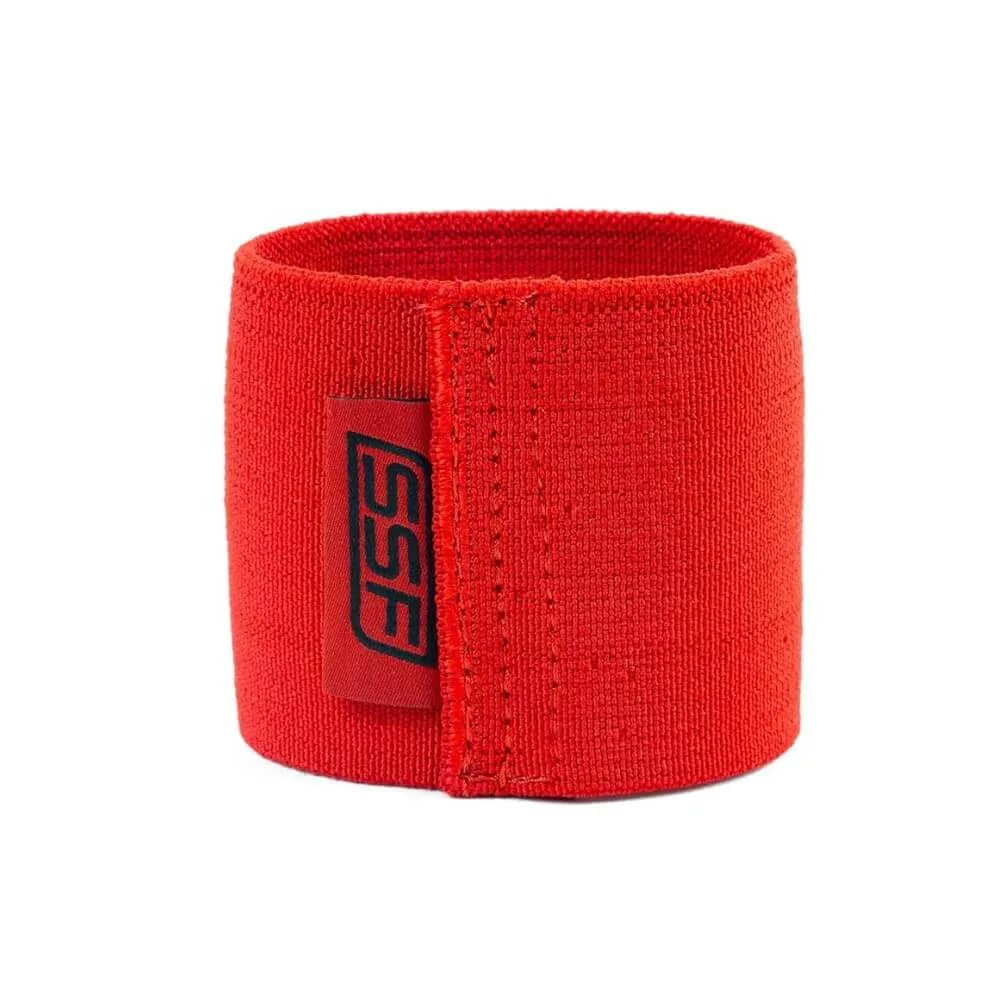
Can a Max Compression Elbow Cuff Relieve Joint Pain Faster?

Is a Normal Compression Elbow Cuff Enough to Protect Your Joints?

Can an Elbow Compression Sleeve Relieve Pain & Support Recovery?
What Should You Know Before Starting Tennis Elbow Exercises?
What Exactly is Tennis Elbow?
Tennis Elbow is one of the most common types of tendonitis (Tendonitis) – A condition in which case, the tissue connecting muscle to bone becomes inflamed. More precisely, the forearm muscle connects to the elbow.
Tennis Elbow, also known as Lateral Epicondylitis, is a common medical condition that is treatable by medical professionals. It’s usually self-diagnosable & requires no lab tests or imaging.
Lateral Epicondylitis is a medium-term condition that usually resolves itself within months.
It affects more than 200,000 people in the US per year. The most common age group this condition affects is between 30 to 50 years old. It may also occur in younger & older age groups, in both men & women.
Although Lateral Epicondylitis is termed tendonitis, there are few inflammatory changes in the tissue & therefore it is considered more of a mechanical problem with degeneration of the tendon.
- What is Lateral Epicondylitis?
Lateral Epicondylitis is known as Tennis Elbow – an irritation of the tissue connecting the forearm muscle to the elbow. It’s a common injury that is usually self-diagnosable & requires no lab test & also usually heals with minor treatment.
- What are the Symptoms of Lateral Epicondylitis?
The primary symptom is pain – With Tennis Elbow, pain usually occurs on the outside of the elbow. (Opposite version of Golfers Elbow – A condition that causes pain on the inner side of the elbow). In some cases, pain can also spread into your forearm or wrist. Sometimes it’s the combination of both, depending on how severe the case is. That area is also tender to touch. Any motion of the elbow can also be painful & limit your activities.
- What Causes Lateral Epicondylitis?
Tennis elbow can be caused by repetitive wrist & arm motions – Pain is usually produced by activities that place stress on the tendons, for example, gripping or lifting movements. It’s believed that muscle overuse or trauma causes a microscopic tear in the origin of the extensor carpi radialis brevis muscle. The Lateral Epicondyle of the humerus is a small, tuberculated eminence, curved a little forward, & giving attachment to the radial collateral ligament of the elbow joint. Also, to a tendon common to the origin of the supinator & some of the extensor muscles.
- How to Diagnose Lateral Epicondylitis?
Diagnosing Lateral Epicondylitis starts with a physical examination that includes your medical history. In most cases, lab tests or imaging are not required. If necessary, diagnostic tests are applied, such as X-ray imaging or Magnetic resonance imaging (MRI): To spot abnormalities, confirm diagnosis & more importantly, to rule out other possible conditions.
- How to Treat Lateral Epicondylitis?
Tennis Elbow is usually treated with rest, OTC medicine & physical therapy. To reduce pain, the main focus is on giving hands a proper rest & using anti-inflammatory pain relievers if it’s necessary. As well as cold & hot therapy. Resting is important to reduce inflammation & thus also reduce pain. It should be paired up with wearing a brace, counter-force splint, or sleeve to prevent further injury & trauma. To help tendons heal, physical therapy & stretching can be beneficial to recover faster. A good alternative can be platelet-rich plasma (PRP) treatment. In severe pain cases, Cortisone injections are usually helpful. As a last resort, if other forms of treatment are not effective enough, surgery is also a viable option.
Which Stretches and Warm-Up Exercises Help Tennis Elbow?
More Flexibility Is Good
It’s a smart idea to start things off slowly with stretching & light exercises to reduce stiffness & add more flexibility. Remember, at the same time, when putting in effort to recover as quickly as possible, let’s also avoid further injuries. Accommodate your body with new exercises & go step by step. Start testing what you can do, & how you can do it.
Once you’re familiar with the drill, don’t hesitate to add intensity – Step it up & add some strengthening exercises. Having more muscle mass in the right spot can make a world of difference.
Muscle is like a cushion that protects your joints. You should focus on building more balanced muscles. In that way, you help to take off the strain from overused muscles.
How Can You Treat Tennis Elbow at Home Safely?
Follow These 4 Steps
- Rest a lot: Resting your fingers, wrist, & forearm muscles to allow your tendons to heal
- Reduce Pain: Use OTC anti-inflammatory medicine, or ice packs for 15 min at a time
- Protect Your Arm: Wear a counter-force brace for grasping or twisting activities
- Start Physical Therapy – Once rested & the pain is gone, start with exercises
1
Resting also means modifying your activities. Try not to do things that hurt your arm. Rest your fingers, wrist & forearm muscles to allow your tendon to heal. Initially, you should limit the activity that’s causing the condition. Limit aggravating activity instead of total rest is recommended.
Also, try to modify your grip techniques & use different equipment. For example, if you’re literally a tennis player, use a different size racket. In addition, use different techniques such as a 2-handed backhand. Keep testing different scenarios to see what’s effective enough & works best for you the best.
2
Reduce pain by using over-the-counter medication if necessary. Aspirin & Ibuprofen work well. It’s useful to use anti-inflammatory medications for Tennis Elbow, which may help alleviate the pain. It’s important to reduce inflammation in your tendon as quickly & as much as possible.
The more effectively you can reduce inflammation, the quicker the pain associated with Tennis Elbow goes away. Alternatively, you can use ice or cold packs for 10 to 15 minutes at a time. Feel free to do it several times a day.
3
Always protect your arm to prevent further injuries. Using an elbow brace or sleeve technically creates an additional tendon for you that protects your arm. Also, keeping your tendons & muscles in place can be excellent for speedy recovery.
This is a great one that many folks tend to ignore for some reason. Using an elbow brace, a band that is worn over the muscle of the forearm, or just below the elbow, helps to reduce the tension on the tendon. By taking off the pressure from the tendon, you’re allowing it to heal faster.
4
Start PT asap: Rest up, get rid of pain & then start with your Physical Therapy. As soon as the pain is gone, it’s time to start with your physical therapy to prevent further symptoms of Tennis Elbow. By doing so, you’re putting in work to prevent & stop acute pain from becoming chronic pain.
Stretching & strengthening exercises may be helpful to treat symptoms & prevent this condition from recurring in the future. There are multiple exercises that you can do at home every day. They’re simple & usually require no more than a couple of minutes of your time.
What Are The Best Training Tools to Treat Tennis Elbow?
What Rehab Equipment Builds Muscle Balance for Tennis Elbow?
Focus on Hand Extensors & Flexors
In the Tennis Elbow case, we’re likely looking at Repetitive Strain Injury. So, you want your focus on stretching exercises as well as working both your extensor & flexor muscles in your arms to build more muscle balance.
Building equalized muscle in your forearms is the key to getting rid of Tennis Elbow & having healthy, pain-free hands.
Working on your extensors is incredibly important. This is the part most folks ignore & never work on, & can be one of the major factors in getting into trouble in the first place. Take advantage of that: Work your hand extensors.
Your hand recovery training tool set should include multiple different resistance levels. This way, you ensure you have plenty of room for progression as well as a way to go easier if the one tool you are using becomes overwhelming.
It’s better if it’s on the easy side than just too difficult, to avoid injuring yourself further. Having a whole set of tools means a more versatile approach, so you can regain your strength and heal quickly & effectively.
Simple hand bands are the absolute #1 training tool to cure the Tennis Elbow in a pain-free way. You should own a pair no matter what. The vast majority of folks never train their extensor muscles.
No better way to work your hand extensor muscles & build muscle balance than using simple rubber hand bands. Not training extensors at all is a recipe for disaster – Working hand, finger & forearm muscles in one direction only.
To avoid that, you want to focus on counter-movements to achieve muscle balance. Using hand bands is fun & simple. It requires no more than a couple of minutes of your time per day.
Doing so also has long-term benefits if you’re using them regularly. On top of that, rubber hand bands are easily portable. Put one around your wrist or throw it into your pocket.
Rubber Exercise Balls are one of the most effective & common approaches for hand therapy. These are excellent for developing crush-grip strength, clenching & squeezing.
Be it rehab for a dislocated finger, recovery from stroke, arthritis, tendinitis, or simply weak hands that need tuning up. Exercise balls are also one of the few, if not the only way to work your finger adduction movements.
These are a big part of your regular hand therapy. You can grab, clench, squeeze & do stretching movements with all fingers. These are great to increase your overall hand health, make weak hands stronger & also help to relieve stress from hands.
Build up your pinch grip as well as your overall crush grip strength. Tune up your thumb & finger flexor muscles. Exercise balls are also highly recommended for a warm-up before starting a hand gripper training session.
The wrist roller is one of the most useful tools to treat a Tennis Elbow. Get your wrists stronger in every direction. Adjustable wrist rollers are highly effective because, compared to regular wrist rollers, the adjustable one uses neither rope nor weight plates.
This makes it excellent for rehab purposes. It’s designed to move in one motion, in a smooth & safe way. No sudden moves & no dropping weights, resulting in less further injury or complications.
It’s a fun device, great for rehab & also outstanding later on for progressing in overall grip strength. The idea is to train both wrist flexor & extensor muscles that help to build strong wrists in all directions.
Also, thanks to the additional focus on extensors, it helps to build muscle balance in your forearms. Adjustable roller resistance levels begin with virtually no resistance, making it an excellent rehab tool.
Tennis Elbow & Frequently Asked Questions
Why Should You Keep Strengthening Even After Recovery?
Balanced Muscles, Pain-Free Hands
Muscle overuse through repetitive motions can lead to Repetitive Strain Injury. That can be work-related & non-work-related. Some specific activity that places stress on tendon attachments. Also, stress on extensor muscles increases the possible strain on tendons.
Doing the same movements over & over again fatigues the most dominant muscles & can lead to muscle imbalance. Unbalanced muscles can be a recipe for disaster that needs to be fixed quickly. It does not happen overnight; it’s rather a process over months. Fortunately, simple minor adjustments can make a notable difference for you.
One of the highly recommended solutions is to consistently work on counter-movements to restore muscle balance, meanwhile giving as much rest as possible to your dominant, overused muscles that may cause pain in your elbows, wrists, or forearms.
If your arms hurt, preferably avoid strenuous activities & movements such as lifting too heavy. Or splitting blocks in half with your elbow in karate style.
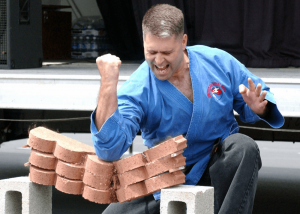
When Should You Wear a Counter-Force Brace?
A Brace is Like an Extra Tendon for You
For some reason, a lot of folks still tend to neglect this part. Don’t be one of those people. Brace is already a proven, reliable & effective measure.
It’s already known that an elbow counterforce brace is a simple yet highly effective mode of treatment for elbow tendonitis, taking the form of either tennis elbow or golfer’s elbow.
Doing so relieves Tennis Elbow & Elbow Tendonitis Pain. Compression in the elbow sleeve helps to stimulate blood flow – It helps to improve circulation to reduce inflammation & relieve elbow pain.
The compression also stabilizes the muscles in the elbow area, preventing further symptoms. You should take full advantage of that if you want to get well & recover as quickly as possible.
It’s specifically designed for one of those conditions, like Tennis Elbow, to help you relieve pain & get you healed up quickly. In many cases, it effectively prevents further injury.
Why Do Orthopedic Surgeons Warn Against Cortisone Injections?
It’s a Temporary Fix, with Possible side effects
In the severe case of Tennis Elbow, using anti-inflammatory steroid injections such as Cortisone is initially a good option. A lot of patients have been very satisfied with the results.
However, the effect won’t last permanently & within months, eventually wears off.
There’s a risk & it has led to even more intense pain than before injections.
How Can Kinesiology Tape Support Tennis Elbow Recovery
Recover As Olympic Athletes Do
This is similar to a counter-force brace & elbow sleeves. KT Tape is favored by many top athletes around the globe to heal multiple, different injuries. One of them could be Tennis Elbow.
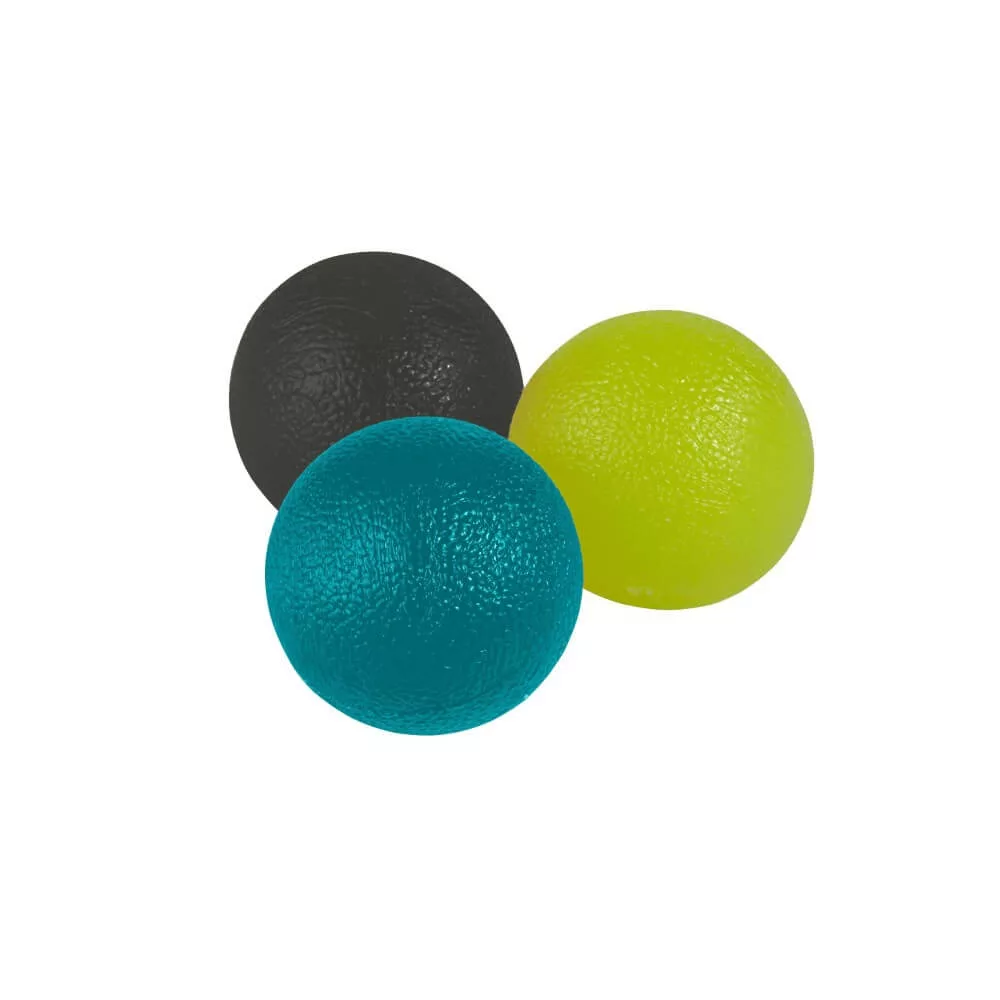
Hand Exercise Balls: Simple Relief & Strength for Tired Hands
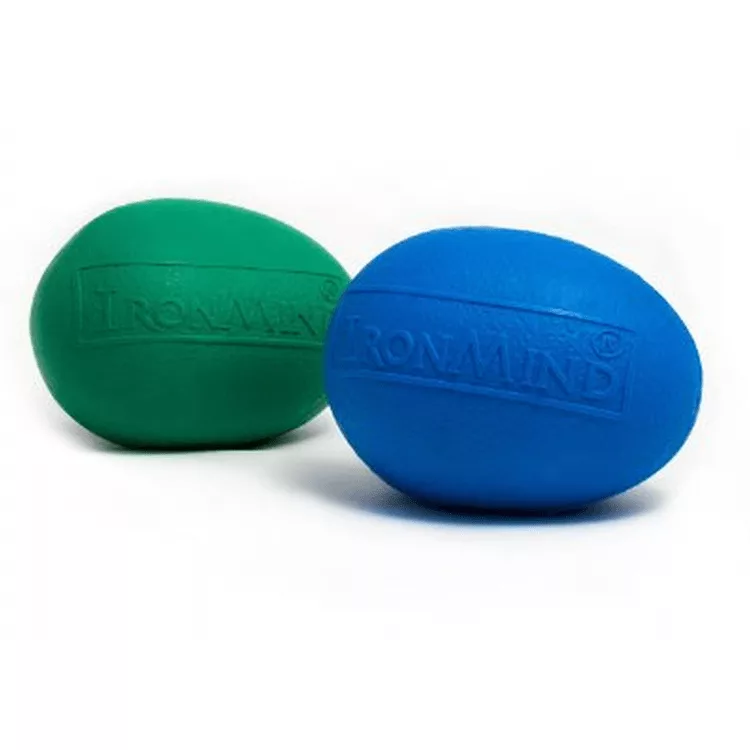
Fantastic Hand & Finger Strength Trainer to Keep Grip in Shape

Can Muscle Floss Bands Speed Up Recovery & Improve Mobility?

Can a Finger Splint Really Provide Quick Pain Relief & Recovery?
However, I recommend KT tape for those who don’t want to be complete beginners & are willing to learn more fancy tricks. Why? You must know HOW to tape: This is the hard part. The question is not about how effective the KT tape is, it’s the opposite, it’s very effective but… It’s not too easy to get this tape applied the correct way if you don’t have any experience with it.
My suggestion would be to find a partner who’s willing to help you with taping. Preferably, in the ideal case, someone with relevant experience, such as a certified chiropractor, who likely can be an ideal individual for the taping task.
It’s yet another alternative solution to help you get your Tennis Elbow treated & healed up. It’s great & highly effective.
Thanks for Stopping By
Have Questions?
Please Leave A Comment

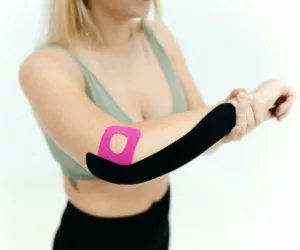
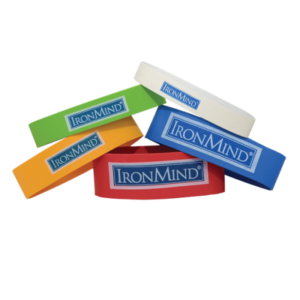
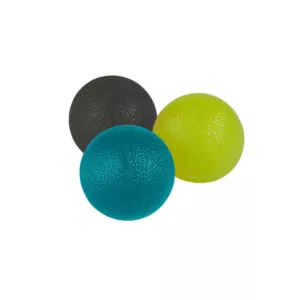
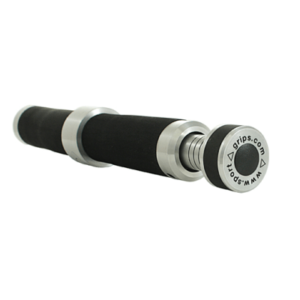
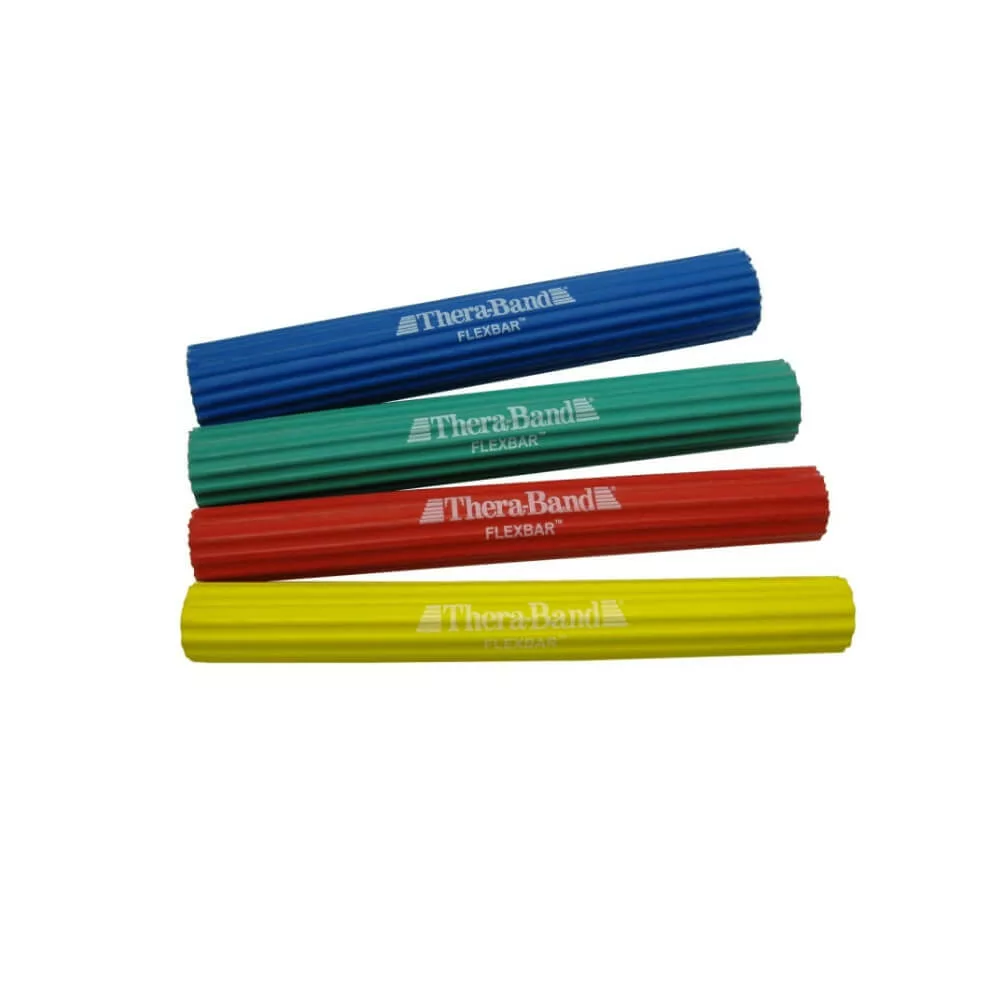
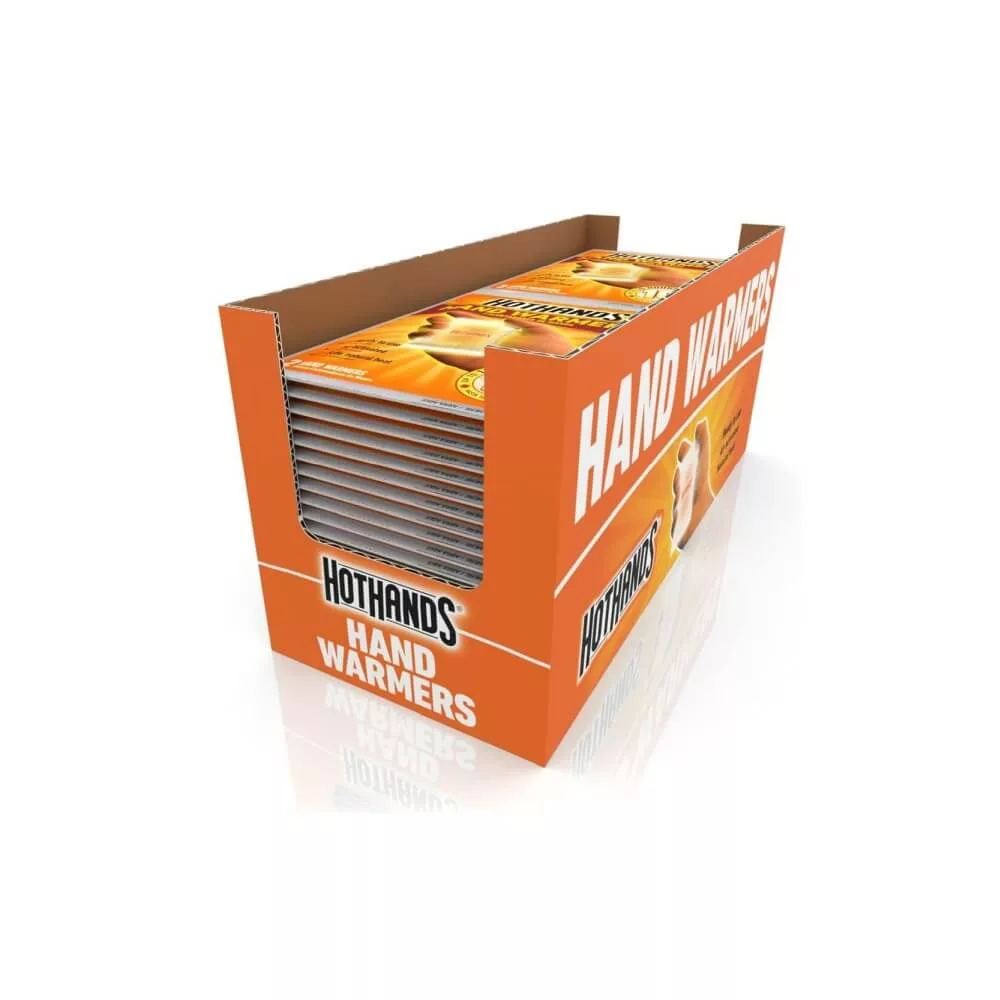
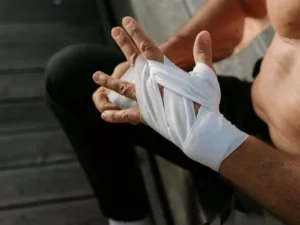

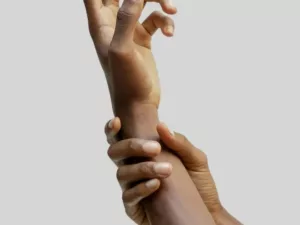
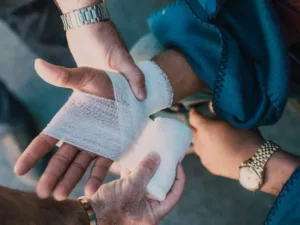

I had a pain in my elbow two weeks ago. Couldn’t lift a thing. All my works got delayed. At the time of pain, I used ice packs but to no avail. The next day pain got worse. I think while sleeping, I might’ve positioned my arms in unfavorable ways.
Though days passed, I still occasionally feel some sore in my elbow. Your article is an eye opener and I will definitely put the tips into practice.
Again, I’m all in for KT tape. If it’s effective, I’ll surely try it.
Sounds like you’ve stretched your tendon. That is some of the more annoying pain there is. Judging by intensity of pain & how much you can move your elbow, make sure tendon isn’t snapped off. For that, I’d strongly recommend to get a medical professional check it for you.
If it’s not that drastic, general recipe is to rest, ice, elevate. Give it plenty of rest & fixate it into safe position with elbow sleeve or brace. Depending on spot of injury, KT tape could work but someone with knowledge how to apply it has to do it for you.
Rest of it is just long boring wait & attempts to avoid further injury.
Very good article on how to cure tennis elbow. I found this article very informative. It definitely gives a lot of step by step instructions on how to cure the dreaded tennis elbow. I have a couple friends who play tennis and I will definitely be passing this along to them. I have also bookmarked the site to reference for future stories. Keep up the great work!
Thanks,
Shawn
I’m glad I could help. Thanks for showing your support & sharing my articles.